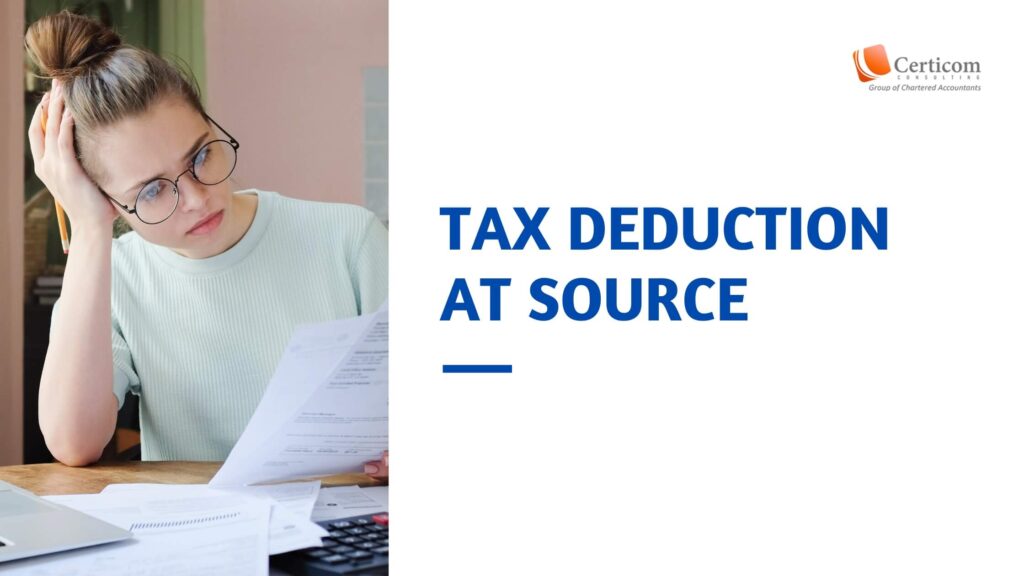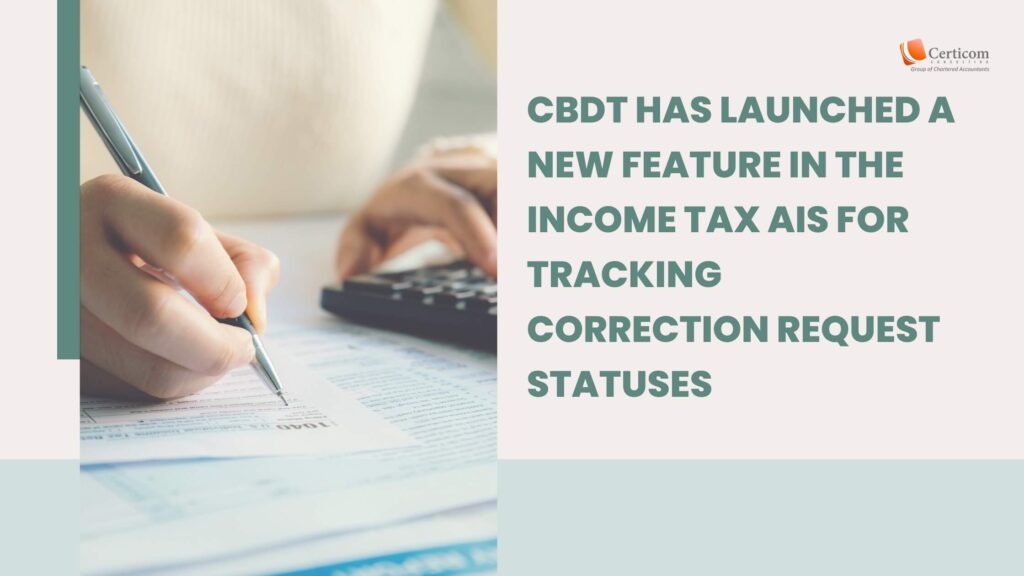- Have any questions?
Exploring Key Insurance Options for Income Tax Savings in the Old Tax Regime

The majority of Indians, including the younger ones, reportedly prefer the previous tax system. Although the market offers a variety of investment schemes, insurance products—which are sometimes disregarded in the discussion of tax savings—also fulfill this function. A few of the alternatives are shown here.
Term life insurance
The Income Tax Act of 1961’s Section 80C allows taxpayers to claim an annual maximum exemption of ₹1.5 lakh. One of the choices under this is term life insurance.
Term plans are eligible for tax rebates since they offer fixed premiums for the duration of the coverage. Dependents receive the total sum assured tax-free. In order to ensure compliance with the requirements, it is important to record the premium restrictions based on the acquisition date.
Unit-linked insurance plan (ULIP)
ULIPs, which are becoming more and more well-liked, offer a special combination of investment and insurance with a minimum five-year lock-in period. The distribution of premiums is made up of investments in the stock market and life insurance.
Sections 80C and 10(10D) of the Income Tax Act offer potential tax savings, and the fund value is fully tax-free upon policy withdrawal or five-year maturity.

Child plans
Child plans are a desirable choice for individuals who want to maximize their Section 80C savings while providing for their child’s future.
These plans offer returns and build a sizable corpus. They come in a variety of forms. Making the switch from ULIP-based plans to safer funds can improve the corpus even more and provide a more all-encompassing method of long-term financial planning.
Health insurance premiums (Section 80D)
Purchasing health insurance offers tax advantages under Section 80D in addition to ensuring complete coverage. For oneself, spouse, dependent children, or parents, the maximum deduction is ₹25,000.
The cap rises to ₹50,000 for households with older citizens (60 years of age and up), maximizing tax benefits while putting health insurance first.
Related Post
Filing your income tax return early this year? Understanding these 5 essential points is crucial.
CBDT Introduces Enhanced Feature in Income Tax AIS: Track Your Correction Request Status Now
Book A One To One Consultation Now For FREE
How can we help? *




